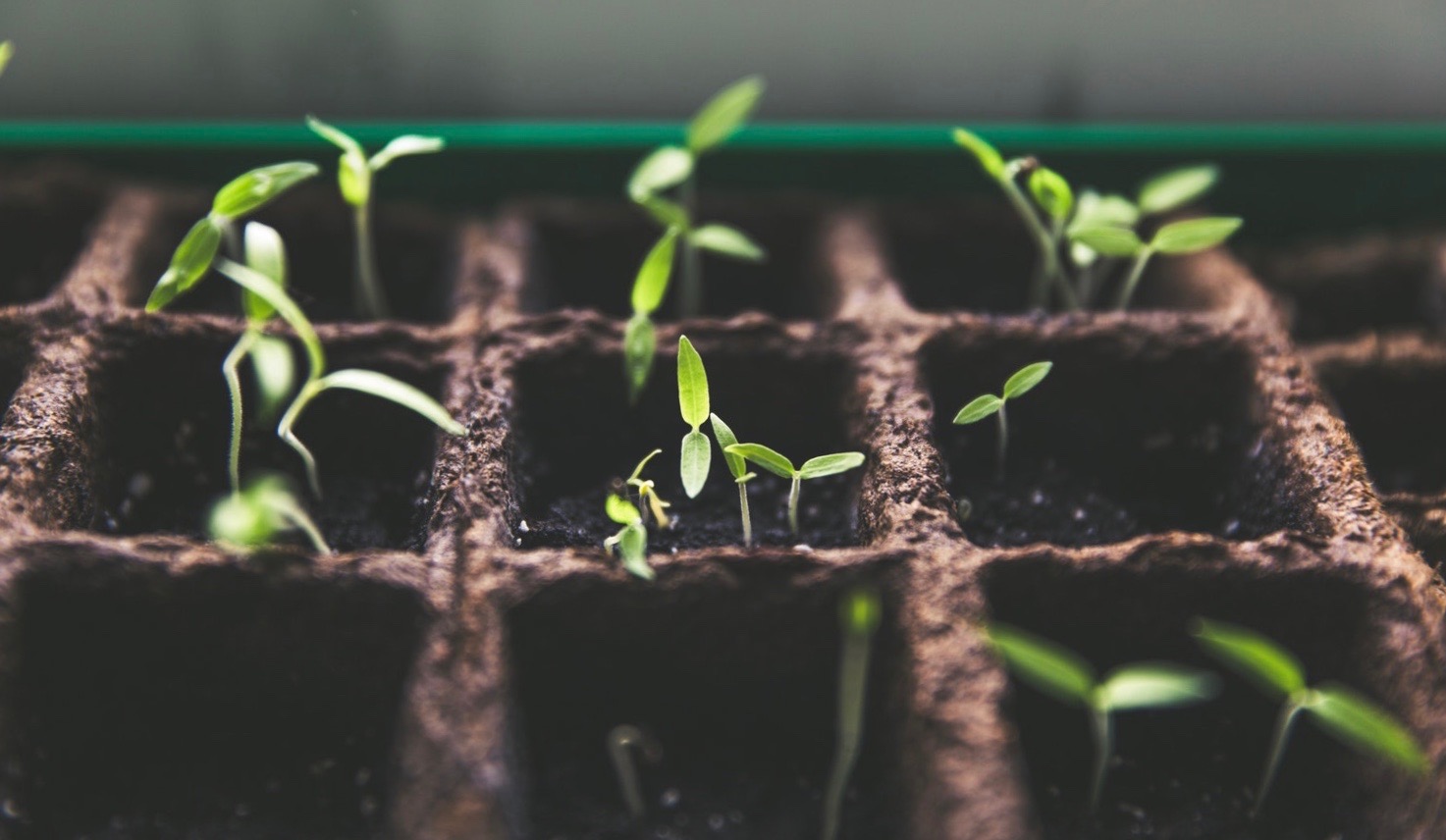
When people look at a community garden, it is easy for them to draw conclusions about the direct benefits it has on a community. Simply put, it grows food, and thus can help feed the hungry and serve as an effective way to promote food security in a region. But the benefits extend far beyond. Today, our Foundation sheds some light on other amazing things that a garden collective can help foster within a community near you.
5 Other Great Things That Community Gardens Can Grow in Your Community
1. Education
Having a community garden in your neighborhood grows educational opportunities. Outdoor education has proven to be one of the most effective forms of learning for youth, with quantifiable benefits that have the concept being integrated into the curriculums of pre-schools, elementary schools, high schools, and even universities across Canada.
A community garden serves as the perfect outdoor classroom, being rich in subject matter beyond horticulture. Participants can learn about socio-political concepts such as food security/insecurity, environmental issues pertaining to sustainability, landscaping and design, entomology (the study of insects), pedology (the study of soil), botany, and even financial management when the garden is used to supply a local farmer’s market. With some creativity, a community garden can teach almost anything you want it to. Follow these tips on how to turn your community garden into a learning garden.
2. Inclusion
The keyword in community garden for this topic, is community. A community garden encourages people from all walks of life to come together to achieve a common goal. Race, culture, income status, political or religious affiliation, age, and differing abilities all fall to the wayside when people enter the sanctuary of a community garden. You see examples of this all across Canada.
Projects such as Rainbow Community Garden (Winnipeg MB) have been created by immigrants to teach new immigrants, refugee families, and single mothers how to grow vegetables. What started with 16 families from seven nationalities has grown to 288 families and 26 nationalities. This is just one of many examples. Garden projects are being used to help seniors contribute and stay active, and provide a way for people with disabilities to connect with others in their community.
3. Confidence
This carries over from the two items above. By providing people within the community a way to gain education outside of the traditional (and sometimes intimidating) environment, and giving them a way to contribute to society, you grow within them a sense of confidence that they may not have been able to find elsewhere. Recent studies show that gardening can have a direct impact on boosting self esteem, so if you’re looking for a way to grow the collective confidence of a community, this is it.
4. Beauty
One very direct way to build upon the aesthetic beauty of a neighborhood, is to start, maintain, and grow a community garden. The array of attractive fruit and vegetable plants can be complemented by flowers, flora, bushes, trees, and even wonderfully decorated fencing, sheds, and birdhouses. In addition to savvy gardeners, bring in local artisans who will also contribute to growing the beauty of the project, and thus that of the community as a whole.
5. Inspiration
When people see the positive impact that a community garden has on local food security, in addition to the educational, social, and environmental benefits, it inspires them to launch initiatives of their own. Not everyone has a green thumb, or is passionate about gardening/farming, but they can recognize similarities in the way that the features of the concept can be applied elsewhere. They may be inspired to start a school breakfast program, an outdoor library exchange, a beach cleanup, or a program that gives kids from the inner-city the opportunity to explore the great outdoors. The possibilities are endless, especially when there is a community garden in place to spark the imagination.
The Plant a Seed & See What Grows Foundation encourages you to join us in our support of community initiatives. Please visit this link to learn more about our work in Canada and find out how you can become a Friend of the Foundation.








